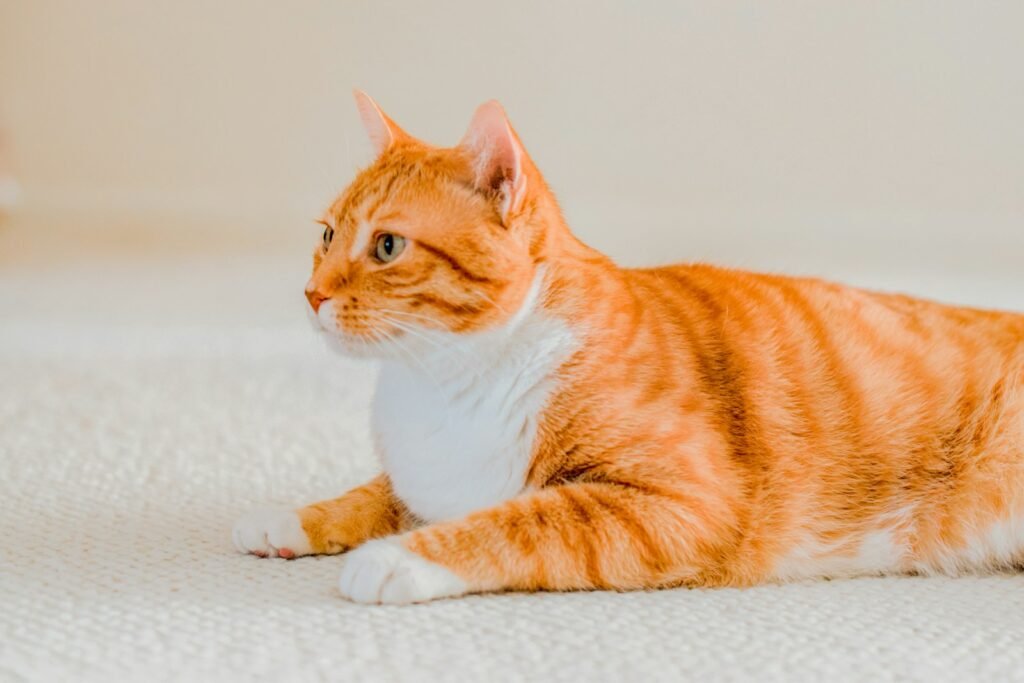Orange cats have been mesmerizing humans for generations with their vibrant, fiery coats and huge, friendly personalities. From Garfield’s laid-back shenanigans to the suaveness of Morris, these orange kitties have made themselves a niche in popular culture. But have you ever wondered what makes them so unique? Scientists have finally cracked the mystery. It turns out their vibrant color comes from a rare genetic twist that’s unlike anything found in other mammals.
A new study from Stanford Medicine, published in Current Biology, reveals that the gene behind orange fur doesn’t just dictate color it rewires pigment cells in a way never before observed. This discovery doesn’t just solve a long-standing feline mystery; it opens a window into how evolution tinkers with genetics to create new traits.
The Mystery of Sex-Linked Orange Fur

Most mammals, tigers, golden retrievers, even red-haired humans owe their orange shades to mutations in one of two well-known pigment genes. But domestic cats are different. Their orange fur is sex-linked, meaning the trait is tied to the X chromosome.
Here’s why that matters:
- Male cats (XY) need just one copy of the mutation to be fully orange.
- Female cats (XX) need two copies otherwise, they become tortoiseshell or calico, with patches of orange, black, and white.
This happens due to X-inactivation, where one X chromosome randomly shuts off in each cell, creating a mosaic of colors. “It’s a genetic exception noticed over a hundred years ago,” says Dr. Christopher Kaelin, the study’s lead author. “But until now, we didn’t know the exact mutation responsible.”
The Hunt for the “Ginger Gene”
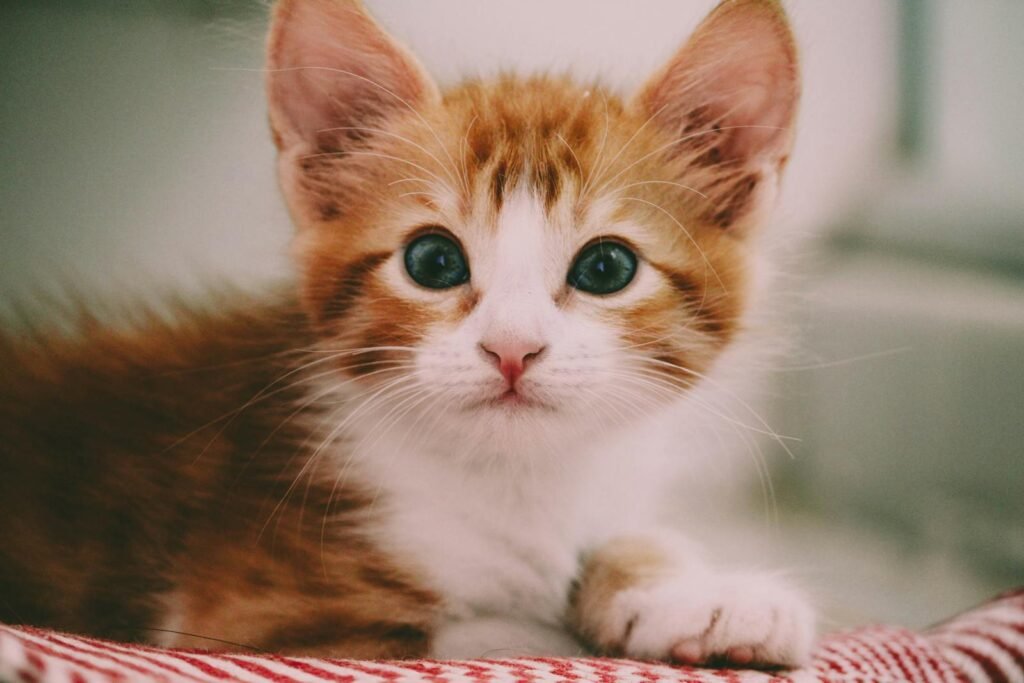
For years, researchers suspected the mutation was somewhere on the X chromosome. But finding it needed the aid of modern genetic technology. By comparing DNA from spay/neuter clinics and genomically scanning, researchers narrowed it down to a small deletion close to a gene named Arhgap36.
This gene had no prior link to pigmentation in fact, it was mostly studied in cancer biology. “It’s normally active in neuroendocrine tissues, not skin cells,” says Kaelin. “But in orange cats, it gets hijacked.”
A Genetic Hijacking That Changes Everything

In most orange mammals, mutations disrupt an early step in pigment production. But in cats, Arhgap36 interferes with a later stage, effectively rewiring how pigment cells function.
Key findings:
- The mutation switches on Arhgap36 in pigment cells, where it’s usually silent.
- This disrupts the melanin pathway, shifting black/brown pigment to orange.
- The effect is exclusive to cats no other mammal uses this mechanism.
“It’s a bizarre, cell-specific tweak,” says Kaelin. “Evolution repurposed a gene in a way we’ve never seen before.”
Did Humans Accidentally Breed Orange Cats Into Popularity?
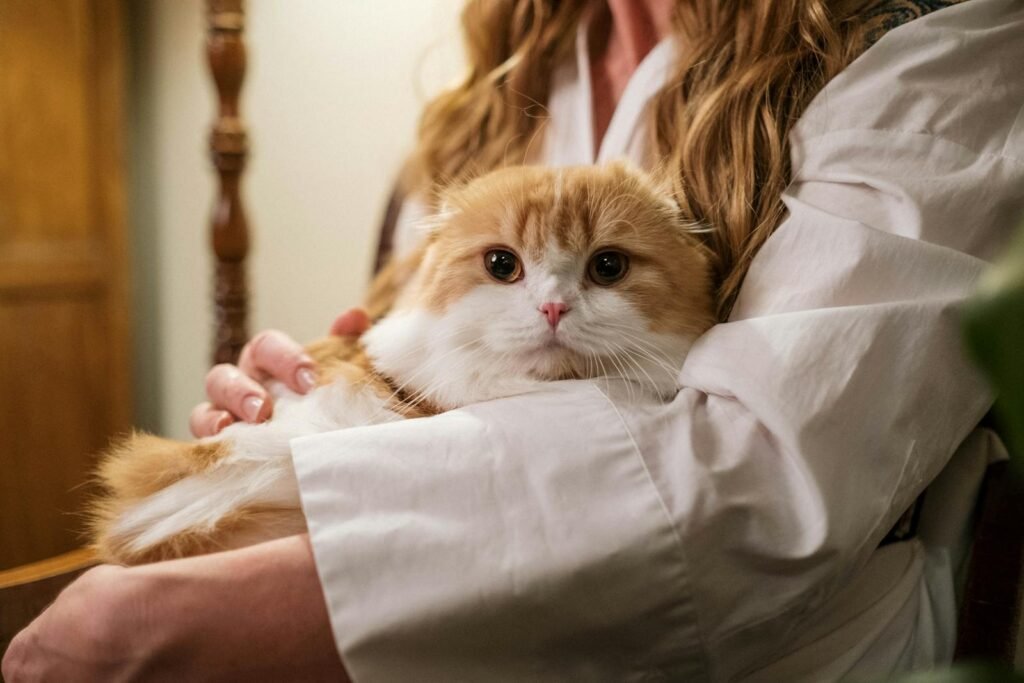
Orange cats are now common worldwide, but they might owe their success to human preference. Centuries ago, their rare, vibrant coats likely made them stand out.
Evidence?
- 12th-century paintings depict calico cats, proving the mutation is ancient.
- Since male orange cats outnumber females (thanks to the X-linked trait), their bold coloring may have been favored by breeders.
“Domestication likely amplified this mutation,” says Kaelin. “It’s a quirk that became a signature look.”
Does the “Ginger Gene” Affect Personality?
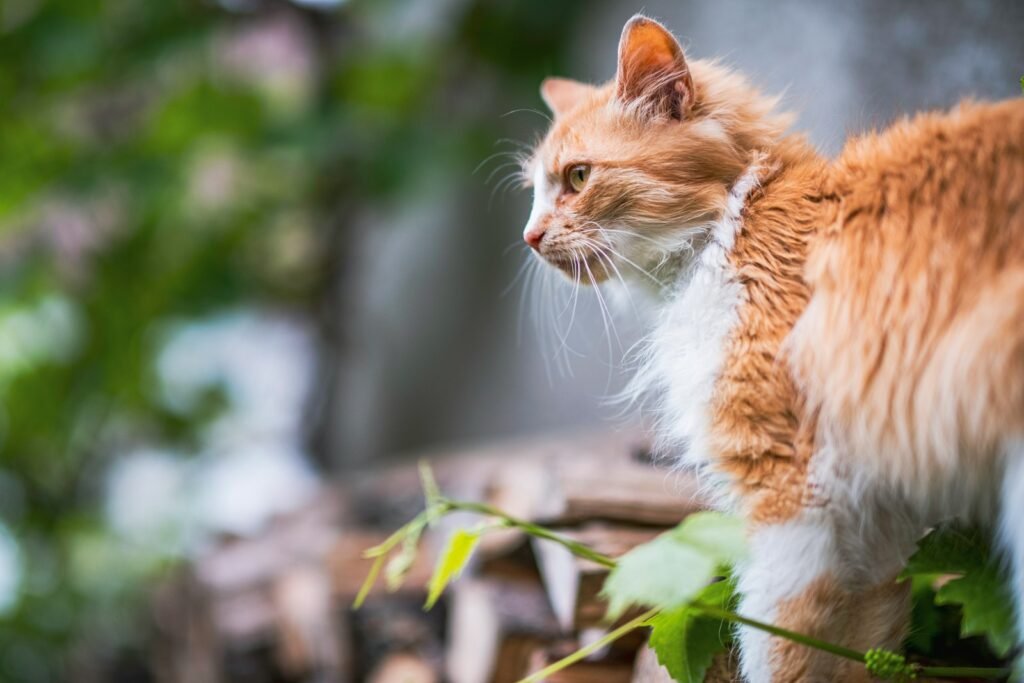
Orange cats are often stereotyped as bold, friendly, or mischievous—but is there science behind the trope?
The study found:
- Arhgap36 activity is limited to skin cells no differences were found in the brain, heart, or other organs.
- Most orange cats are male, and male cats tend to be more social.
“Personality differences probably come from sex, not color,” says Kaelin. “But we can’t rule out subtle behavioral effects yet.”
What This Means for Genetics Beyond Cats
This discovery is not just a purr-fect fashion moment it’s an evolutionary innovation case study.
Why it matters:
- Shows how genes can acquire new functions in specific tissues.
- Helps explain other animal patterns, like cheetah spots or zebra stripes.
- Proves that domestication can drive unique genetic changes.
“Every new trait starts with a mutation,” says Kaelin. “In cats, we’ve caught evolution in the act.”
The Bottom Line: Orange Cats Are Genetic Oddballs
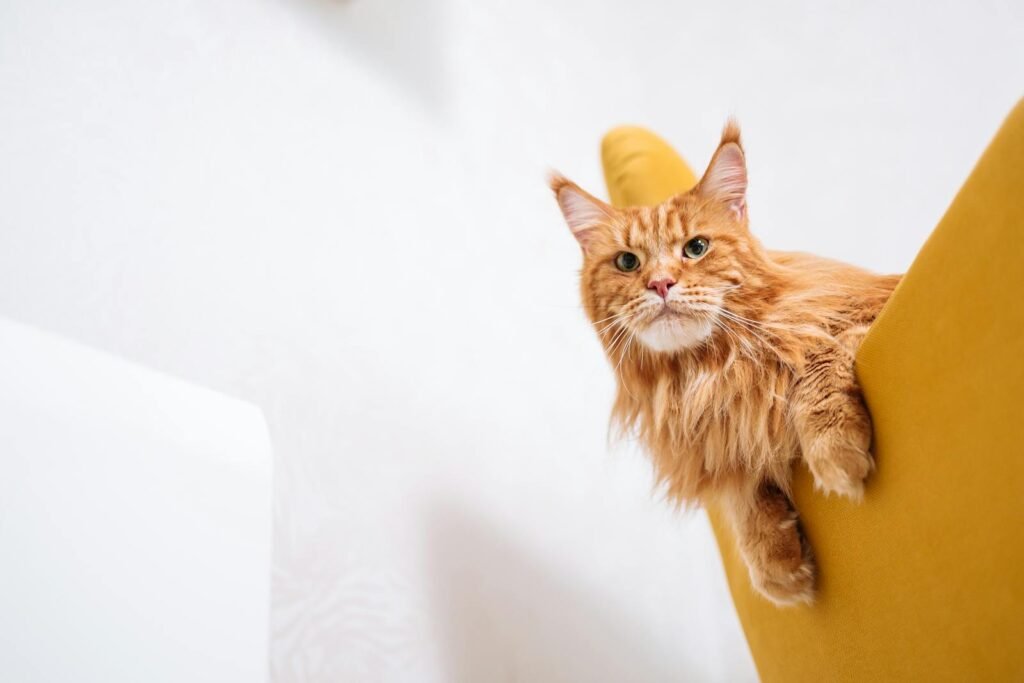
Next time you see a ginger tabby, remember: its fiery fur isn’t just a color it’s a biological fluke that rewires its DNA. While science still can’t confirm if orange cats are truly more chaotic, one thing’s certain: their genetics are anything but ordinary.
And who knows? Maybe their real superpower was charming humans all along.
Sources:

Jan loves Wildlife and Animals and is one of the founders of Animals Around The Globe. He holds an MSc in Finance & Economics and is a passionate PADI Open Water Diver. His favorite animals are Mountain Gorillas, Tigers, and Great White Sharks. He lived in South Africa, Germany, the USA, Ireland, Italy, China, and Australia. Before AATG, Jan worked for Google, Axel Springer, BMW and others.

